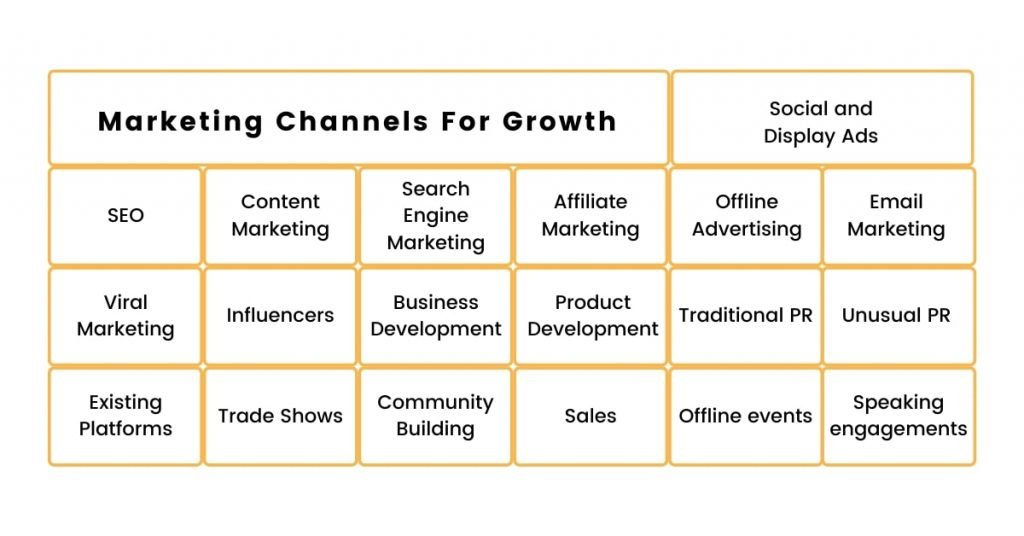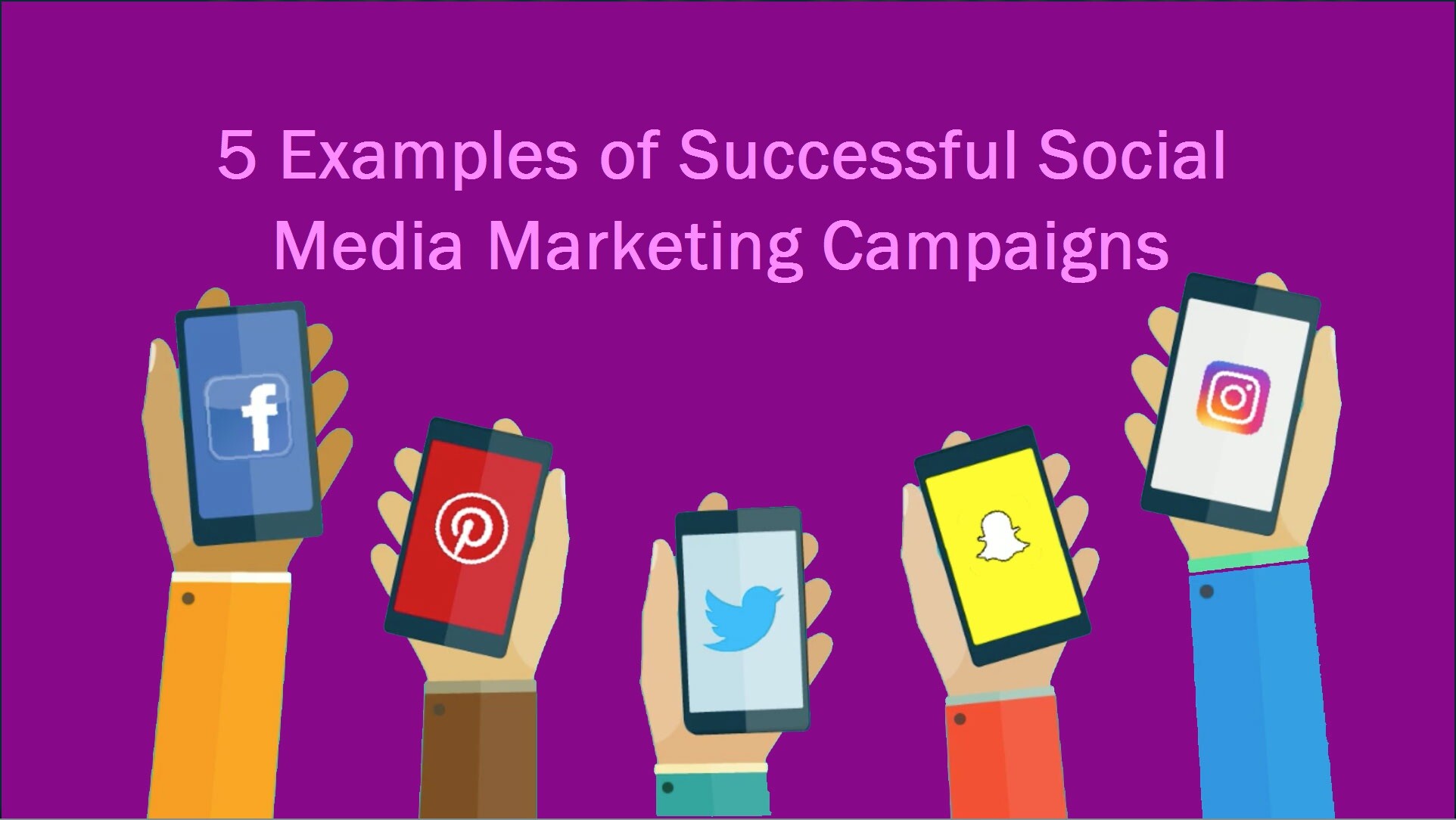
RSS (or straightforward syndication) is an excellent way keep current with new content on a website. This is also an excellent way to automate your email newsletter. Here are some ways to get started. You can personalize your feeds by changing your settings. But if you want to make it easier for your readers to subscribe, consider creating an RSS-powered email newsletter instead of manually writing and sending out a newsletter.
RSS stands for "straightforward syndication"
If you're looking for a way to syndicate your content, you've probably come across RSS. This acronym stands for "rich site summary," and refers to simple text files containing information about your website's content. These text files are then plugged into a feed reader, which converts them into a stream of updates for your subscribers. RSS has the advantage of being completely customizable. You can easily change your subscription preferences with just one click.
RSS subscriptions can be made through news aggregator websites. These sites pull information from many websites, and display it in one, machine-readable feed. This format allows you monitor a variety websites from one news aggregator. The site also checks for new information frequently. You can also save time and effort by having new content downloaded automatically to your reader. To subscribe to an RSS Feed, simply enter the URL of what you are interested and click "Subscribe".
RSS feeds are a great way to keep up with new content on a website

RSS feeds offer a great tool for marketers as well. To convert sales and keep you informed, it is essential to be well-informed. RSS feeds offer many benefits. Let's see some of their benefits. You can read them anywhere, even on the move. That makes RSS feeds a great choice for vacation reading. They can even be used to push content onto social media.
The website creates the RSS feed and then delivers it to a feedreader. When there is an RSS feed, most Web browsers of the current generation display an orange square icon. An RSS feed can be subscribed to and you can view new content from many websites. The content is presented in chronological order. Subscribing will notify you whenever new content is posted to the website.
You can customize your RSS feeds
The RSS feed builder lets you specify basic settings for your feed. The RSS feed creator allows you to specify specific settings, track comments, and how many feeds should be displayed. You can then customize your WordPress feed by selecting these options. One license of this plugin will cost you around $80. Feedzy includes WordAi integration and Gutenberg compatibility. Unfortunately, Feedzy doesn't have a free version.
First, choose the field that you wish to display in your RSS feed. If the field is empty, enter the name of your feed. Next, choose the title, link, or description from the drop-down menu. If your message exceeds 10KB in size, you can opt to automatically truncate it. Fill in any other fields as desired. Google Chrome allows you to select the "Inspect Link” option, which will allow you to examine the source code for your website.
RSS feeds make it easy to automate an email newsletter

An email newsletter is one of the most effective marketing tools available today, but in order to be effective, it needs to be delivered consistently and offer value to its subscribers. It is difficult to create a newsletter and you need to make sure your subscribers are happy. RSS to email tools allow you to automate the creation and curation of your email newsletter. You simply create a schedule and set up your campaign.
RSS to email services allow you to automatically send out emails based on articles in an RSS feed. These services allow you the ability to create a newsletter template that you can customize and send to your email list each time you post new information. These services let you set the frequency at what you want to send your emails. You can combine RSS feeds to make one newsletter. This can be beneficial if you regularly post new content on your blog.
FAQ
Why would I need a SEO strategy?
SEO strategies will help you to maximize your potential for growth. It's not worth having great content if it doesn’t get found!
An effective SEO strategy will help you establish relationships with industry experts and influencers. You can gain new techniques and strategies from them by tapping into their connections and learning from them.
Google Adwords is a great way to increase sales.
Google AdWords can be used by advertisers to promote products and services online. Users click on sponsored advertisements to visit the websites associated with them. This helps generate sales leads for businesses.
Link building can help me improve my ranking.
Link building is the process of creating high-quality backlinks to your website. It's important to ensure that websites linking to yours are relevant for your business. The more authoritative and unique a link appears, then the better.
What are the differences between SEO strategies?
There are many types of SEO strategies, such as search engine optimization or social media optimization (SEO), or pay-per–click advertising (PPC).
SEO allows you to optimize content for specific keywords by using text formatting and HTML code.
This makes your site appear higher on search results pages.
Meanwhile, social media optimization (SMO) involves optimizing your website for social networks such as Twitter, Facebook, and Google+.
These online assets help to establish your brand reputation, which makes it more attractive for visitors searching for related topics.
PPC ads, which show relevant products and services, appear at search engine results pages' top.
Google paid search advertisements are the most well-known type of PPC advertisement. These ads can be very effective, even though they cost a lot.
PPC advertising can also be done in other ways, such as display ads, video ads and sponsored post.
Why Should I Use SEO
There are many good reasons to use search engine optimization.
This helps to increase your website's visibility in search engines results.
Second, it helps increase conversions by ensuring that users find exactly what they're looking for when they type into their search bar.
Third, it helps increase brand awareness by helping customers search for your business online.
Fourth, it improves user experience by allowing them to quickly navigate your website.
It also builds trust among potential customers.
What is an SEO Campaign and How Does It Work?
An SEO campaign is an ongoing series of activities to increase visibility for a website or domain name in search engines such Google, Bing, Yahoo!, and others. These activities include optimising the title tags and meta description tags, URL structure pages, images, internal links, and page content.
SEO campaigns begin with keyword analysis, which identifies keywords that can increase organic traffic. After keywords have been identified, optimization must be done throughout the entire website, starting at the homepage and ending on individual pages.
What is a PPC advertising?
Pay-per-click ads are text-based advertisements that appear at the top or bottom of a page.
These advertisements are extremely targeted, meaning advertisers only pay when someone clicks on them.
PPC advertising is very similar in concept to Pay Per Call advertising. We'll talk more about this later.
Statistics
- A 62.60% organic traffic boost to that page: (backlinko.com)
- 93%of online experiences today begin on search engines. (marketinginsidergroup.com)
- Which led to a 70.43% boost in search engine traffic compared to the old version of the post: (backlinko.com)
- If two people in 10 clicks go to your site as a result, that is a 20% CTR. (semrush.com)
- Sean isn't alone… Blogger James Pearson recently axed hundreds of blog posts from his site… and his organic traffic increased by 30%: (backlinko.com)
External Links
How To
How to create a successful SEO campaign
Creative writing requires that you know how to set yourself apart from the rest.
Most writers are similar. Writers tend to use the same writing patterns. They often repeat themselves, and fall back onto cliches.
Breaking out from old patterns and coming up with new ideas is the key. Thinking outside the box is key.
You should also look for interesting ways to make writing more interesting. Writing for an audience requires that you consider their motivations. What turns them on? What makes them smile? What makes them smile?
What excites and scares them? What scares?
When you sit down and write, ask yourself these questions. Ask yourself why anyone would be interested in what you have to say. Why would anyone ever read your words, then?
Once you've figured that out, it's time to start crafting your story.
Start with your hook. Your opening sentence is vital. It's the first impression your readers make of you. You should choose carefully.
Next, you need to decide if your piece will be informative or persuasive. Informational pieces explain facts. Persuasive writing convinces readers to follow your lead.
Finally, you need to decide whether or not you will be telling stories and giving examples. Stories are thrilling. Exemples are an example of how something works.